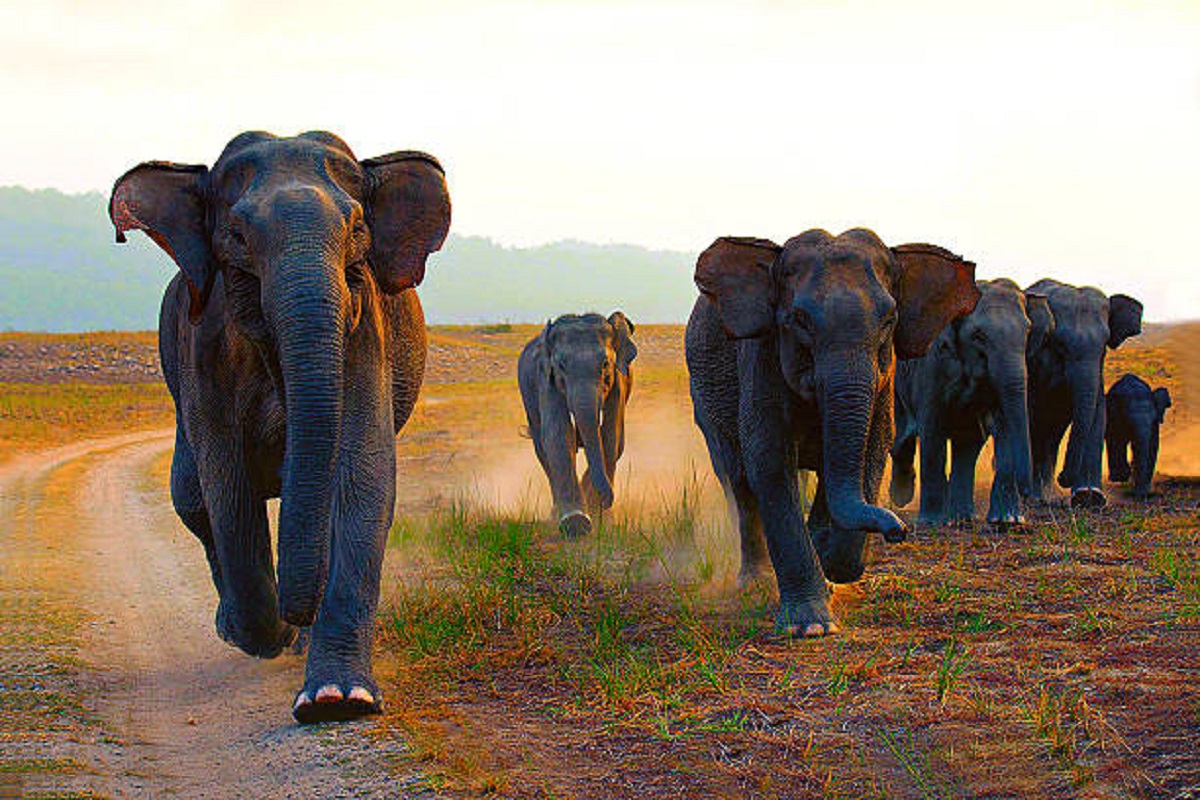Starting this year, along with tiger estimation, the Ministry of Environment, Forest and Climate Change (MoEF&CC) will also carry out elephant and leopard estimation simultaneously.
The tiger census is held once in four years while for the elephants, the exercise is carried out once in five years. There are 2,967 tigers as per the 2018-19 data, and as per the 2017 data, there are less than 30,000 elephants in the country.
Advertisement
The elephants’ data came from what the Ministry officials called a “head count” which, they said, is fraught with potential errors.
“The head count method is outdated and leads to errors,” the officials said, adding that “The new ways rely on robust scientific methods based on statistical models.”
The tiger population is estimated using camera traps, matching/identifying their stripes; while for elephants, it is their dung that plays a vital role.
It was announced that the data for all three species would be out in December.
Stating that elephants and tigers share almost the same habitat, the Ministry officials said that “A protocol for the pan-India estimation of tigers and elephants was ideated, worked upon, adopted and released in August last year.”











